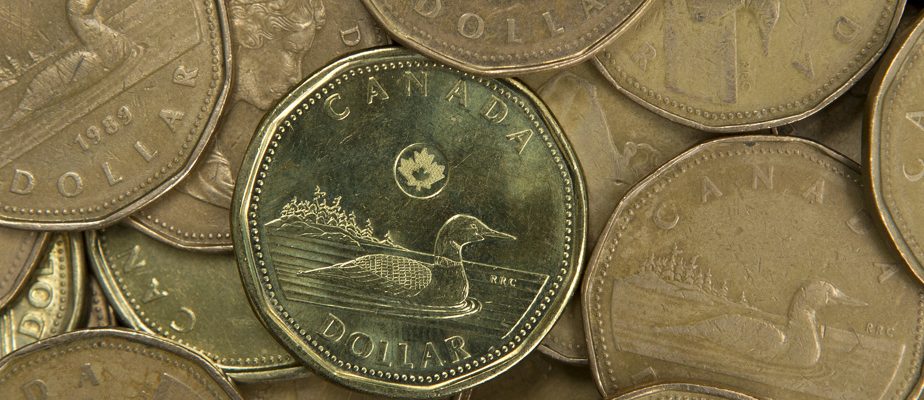The value of the Canadian dollar could fall by as much as 70 US cents by the end of the year, National Bank economists anticipate in their most recent analysis of the currency market.
Currently hovering around 74 US cents, the dollar only flirted with 70 US cents for a very short time in March 2020, at the time of the Great Confinement.
In the opinion of National economists, the main cause of this devaluation of the loonie against the American dollar could be an interest rate cut by the Bank of Canada in order to prevent the slowdown in the economy from worsening. economy, and while its fight against inflation seems practically accomplished.
In the huge and very dynamic currency market, a drop in the interest rate in a currency like the Canadian dollar often means for investors a reduction in the potential return of that currency relative to other comparable currencies, and therefore a reduction in its attraction.
In the case of the Canadian dollar, this main competitor in the currency market is none other than the powerful American dollar.
National Bank economists note in their most recent analysis of the currency market that the economic situation in the United States remains more dynamic than that of Canada.
With inflation persisting at a level higher than the US Federal Reserve’s target, the possibility of an interest rate cut in the United States continues to be postponed from month to month. And these successive postponements contribute to maintaining the added value attributed to the American dollar compared to other currencies in the industrialized world, including the Canadian dollar.
“This weak performance of the Canadian dollar against other currencies can be attributed to disappointing economic data in Canada. In fact, restrictive monetary policy [taux d’intérêt élevé] of the Bank of Canada is no longer justified,” indicates Stéfane Marion, chief economist of the National Bank.
Therefore, “we continue to believe that rate cuts will be more aggressive on this side of the border. We see the exchange rate of the Canadian dollar with the US dollar exceeding the threshold of CAN$1.40/US$1 [ou sous 71 cents US/1 $ CAN] in the second half of 2024.”

If it proves true, this forecast of a Canadian dollar falling to 70 US cents at the end of the year from economists at the National Bank could signal upward pressure on the cost of imports of goods and services for consumers and businesses in Canada.
Among other things, the final cost of fuels that are traded in US dollars could increase. As is the final cost in Canadian dollars of the many foods imported from the United States and purchased by Canadian consumers.
Also, the total cost in Canadian dollars of travel spending abroad by Canadians – in the United States in particular – could come under upward pressure as a result of a possible decline in the value of the Canadian dollar on the currency market.
But before getting to that, the National Bank economists’ forecast of a Canadian dollar lowered to 70 US cents by the end of the year will obviously have to come true.
For the moment, this forecast appears very bold in comparison with the most recent currency market outlooks which have been updated by economists from the main banking institutions in Canada.
On average, their forecasts for the Canadian dollar exchange rate against the US dollar by the end of the year still place it at around 75 US cents. Meanwhile, quarter-to-quarter fluctuations in the exchange rate are expected to be limited to around 74 US cents.
Different story at Desjardins
In the opinion of Desjardins Group economists, “the evolution of expectations with regard to monetary policies still risks fueling many movements in the short term [des taux de change]. The currencies of countries where key rates are expected to be lowered more quickly could experience more weakness,” they indicate in their most recent “Currency Forecasts” report.
But unlike their counterparts at the National Bank, Desjardins economists point out that their “base scenario relies on fairly high homogeneity in the reduction of key rates among the main central banks in 2024”.
In the meantime, “even if the risk of delaying rate cuts appears greater in the United States, we expect that economic data will continue to moderate soon” in favor of a rate cut by the Fed.
Consequently, anticipates Jimmy Jean, vice-president and chief economist at Desjardins, “through all this, our Canadian dollar should probably remain close to 74 US cents in the coming months”.
Then, concludes Jimmy Jean, “a resumption of global economic activity in the second half of 2024 and in 2025 with a rise in commodity prices should help the Canadian dollar to reappreciate somewhat” compared to the US dollar.
